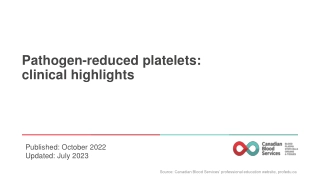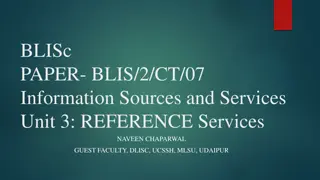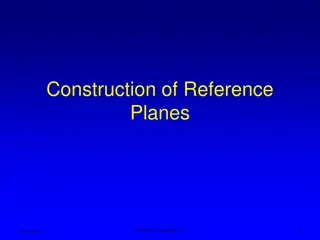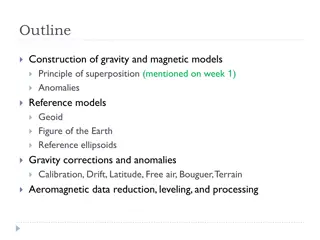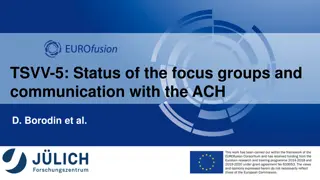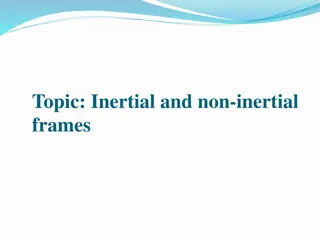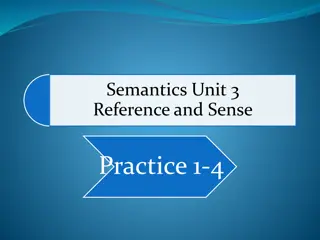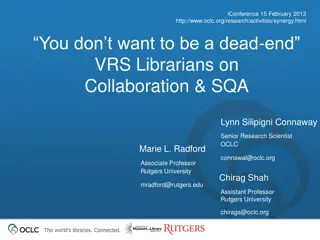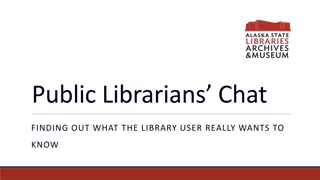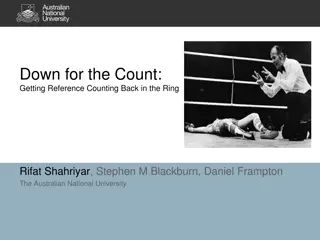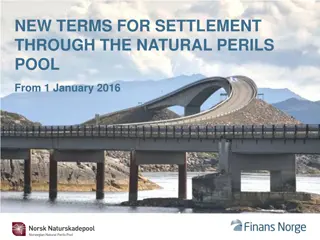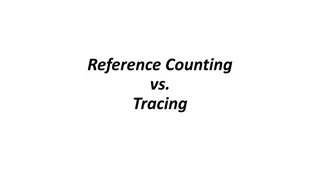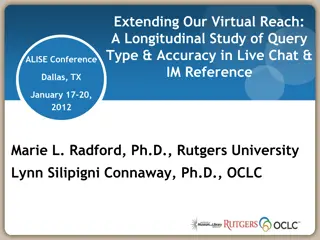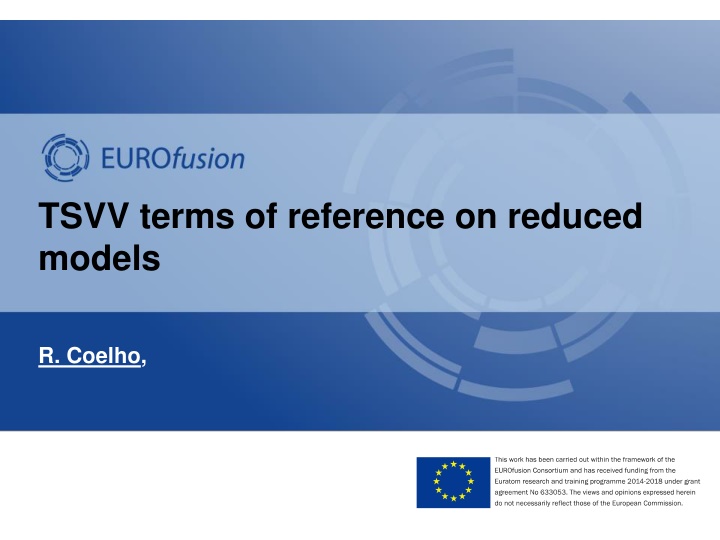
Reduced Models in Fusion Research: TSVV Terms of Reference
Explore the TSVV terms of reference focusing on reduced models in fusion research by R. Coelho. The document outlines methodologies, implementation plans, and technical skills required for successful outcomes in various TSVV tasks. It emphasizes multi-fidelity approaches, verification, validation, and uncertainty quantification for integrated fusion reactor modeling.
Download Presentation

Please find below an Image/Link to download the presentation.
The content on the website is provided AS IS for your information and personal use only. It may not be sold, licensed, or shared on other websites without obtaining consent from the author. If you encounter any issues during the download, it is possible that the publisher has removed the file from their server.
You are allowed to download the files provided on this website for personal or commercial use, subject to the condition that they are used lawfully. All files are the property of their respective owners.
The content on the website is provided AS IS for your information and personal use only. It may not be sold, licensed, or shared on other websites without obtaining consent from the author.
E N D
Presentation Transcript
TSVV terms of reference on reduced models R. Coelho,
Terms of reference In each proposal, the applicants are to describe their methodology and detailed implementation plan (including milestones and SMART deliverables) for successfully achieving the objectives of the TSVV Task as described in Annex-2, as well as the technical skills and availability of the individual team members (in terms of pm/y for the initial period 2021-2023, with indication for 2024-2025). The scientific vision is generally expected to be based on a multi- fidelity approach (ranging from first- principles-based models to corresponding reduced models, e.g., for real-time control applications), including specific plans for Verification, Validation, and Uncertainty Quantification (VVUQ). R. Coelho | Reduced models in E-TASC | Nov.2024 2
TSVV Task 1: Physics of the L-H Transition and Pedestals A key aspect the development of validated and fast reduced transport models on the basis of the GK simulations to be used in integrated modelling codes. Reduced transport models for the pedestal on the basis of GK simulations, involving electron-scale, ion-scale, and macroscopic (MHD-like) instabilities; these can then be included in MHD and transport studies, exploiting synergies with TSVV Tasks 8 and 11. TSVV Task 2: Physics Properties of Strongly Shaped Configurations Reduced models: extracted from the first-principles-based models to be used in predictive and systems codes. R. Coelho | Reduced models in E-TASC | Nov.2024 3
TSVV Task 3: Plasma Particle/Heat Exhaust: Fluid/Gyrofluid Edge Codes Accurate coupling to (kinetic and reduced) neutral gas models, providing a proper convergence metric. TSVV Task 5: Neutral Gas Dynamics in the Edge Establishment of a multi-fidelity model hierarchy for the neutral gas phase in fusion devices; from first principles towards reduced models. Validation of the established models. INTEGRATED MODELLING Strategy towards a validated predictive capability for integrated fusion reactor modelling for (semi-)detached divertor plasmas. Liaison with TSVV Tasks 3 and 4. R. Coelho | Reduced models in E-TASC | Nov.2024 4
TSVV Task 6: Impurity Sources, Transport, and Screening INTEGRATED MODELLING Establish an integrated modelling suite to predict the W impurity distribution in DEMO, including W source generation, W screening, W transport, W exhaust and its impact on the plasma performance. TSVV Task 7: Plasma-Wall Interaction in DEMO INTEGRATED MODELLING Establish an integrated modelling suite to predict steady-state PWI in DEMO. R. Coelho | Reduced models in E-TASC | Nov.2024 5
TSVV Task 8: Integrated Modelling of Transient MHD Events Establish a validated modelling hierarchy for MHD control from high fidelity to reduced models suitable for real-time applications. Interface for including high-fidelity and reduced models of runaway electron dynamics in disruption modelling (see TSVV Task 9). Tools and nonlinear MHD simulations used for the verification and validation of reduced MHD models for real-time applications for disruption prediction, prevention, and avoidance and for inclusion in integrated transport solvers. INTEGRATED MODELLING Provide capabilities to couple high-fidelity MHD modelling to existing or future integrated modelling tools (e.g., transport solvers and boundary solvers). R. Coelho | Reduced models in E-TASC | Nov.2024 6
TSVV Task 9: Dynamics of Runaway Electrons in Tokamak Disruptions Validated reduced models for RE generation (e.g., models based on a neural network fit to kinetic simulations). A flexible interface for the high-fidelity and reduced RE models to sophisticated nonlinear MHD simulations as well as to integrated modelling tools, for validation in present experiments (see TSVV Tasks 8 and 11). INTEGRATED MODELLING Develop and validate a model for the RE beam generation and losses to be used within the integrated modelling tools and nonlinear MHD codes for accurate prediction of unmitigated and mitigated disruptions. R. Coelho | Reduced models in E-TASC | Nov.2024 7
TSVV Task 10: Physics of Burning Plasmas Reduced AE/EPM stability and nonlinear dynamics models for use in predictive and systems codes, aiming, e.g., at predicting tritium burn-up rates and core plasma helium content. TSVV Task 12: Stellarator Optimization Integration of fast reduced models of turbulent transport into stellarator optimization codes (synergy with TSVV Task 13). Accurate numerical tools for the evaluation of energetic particle confinement and for the calculation of the bootstrap current that are sufficiently fast to be integrated into stellarator optimization codes TSVV Task 13: Stellarator Turbulence Simulation Development of efficient reduced models (suitable for integration into stellarator optimization codes, see TSVV Task 12) capable of reliably predicting stellarator turbulent fluxes. R. Coelho | Reduced models in E-TASC | Nov.2024 8
TSVV Task 14: Multi-Fidelity Systems Code for DEMO Implementation and validation of a cascade of reduced models for physics and engineering systems to be integrated into a whole-plant model. From high-fidelity physics models towards reduced models: identification and definition of tractable surrogate models for physics and plant systems, possibly employing machine learning techniques. Will involve liaison with other TSVV Tasks (in particular, TSVV Task 11), modellers, and DEMO engineers. R. Coelho | Reduced models in E-TASC | Nov.2024 9

